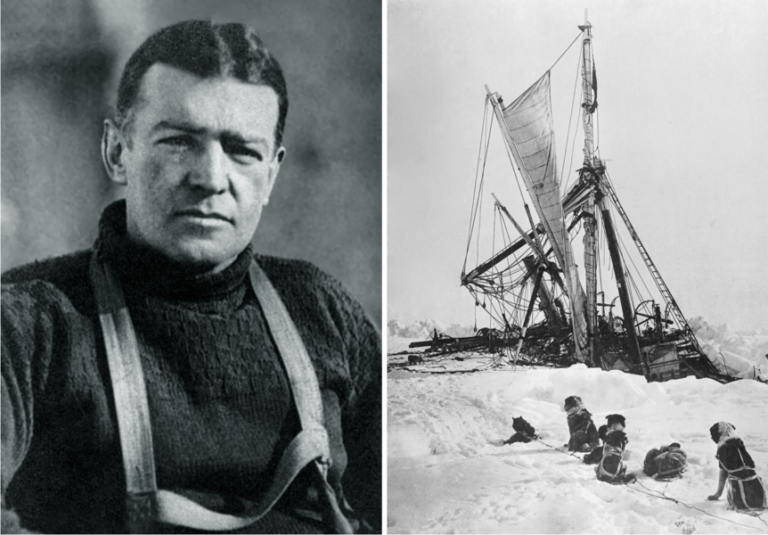
Leading in times of crisis: How healthy optimism works
Crises are as much a part of business as stormy weather at sea. But what if the storm lasts longer? 3 impulses for strong leadership in a crisis.

Which locations are particularly worth investment? How can fraud be detected before major damage occurs? AI and Big Data allow increasingly precise predictions. What data-driven forecasting can do.
Predictive analytics use data from the past to identify trends and predict future events. To do this, specialists develop mathematical models that take numerous conditions into account. Here are some practical examples that illustrate this principle:
Targeting special offers. Imagine a gym that wants to determine which members are likely to drop out soon. Past data shows: Customers who have been working out less than twice a month for half a year and are searching the Internet for weight benches are very likely to quit. These members may be retained with special offers. Companies may also rely on such forecasts to attract new customers. Discounts can be targeted more effectively, reducing wastage.
Anticipating excess and shortage. Depending on weather conditions, wind and solar power produce more or less electricity. Large grid operators can use data models to predict when and how they need to intervene in order to keep the system stable. Sensor data record capacity utilization of lines and plants. Combined with weather forecasts and schedules of conventional power plants, operators get an overall picture. This might suggest them, e.g., to distribute excess electricity from one region to another.
Predictive analytics can also be used to improve capacity planning in the healthcare sector: Historic data on hospital utilization, demographic forecasts, information on widespread diseases, new therapies and other factors suggest providers in which sites they should invest in the future.
Preventing fraud. Some consumers take advantage of online stores as if they were free rental services, returning products after a few days of usage. Data analytics can issue early warnings of such fraud: Are people ordering TVs before major sporting events and sending them back afterwards? Are there customers who frequently order clothes and return them at the last minute? If such patterns become apparent, a retailer can, for example, limit these customers to paid returns.
Predictive analytics rely on artificial intelligence (AI): Specialized software is capable of discovering correlations in large volumes of data. The statistical model incorporates the characteristics that are relevant to the future event of interest. Over time, these factors can change, e.g. depending on the season, or due to market transformation. The AI systems are programmed to learn and detect new relationships between existing data.
In many cases, companies already possess a large amount of data they need for forecasting: raw material prices, supply process data and customer preferences, for example. What is missing can either be collected by the company itself or purchased on the data market. If different departments are to contribute data, they will need a common technical basis. The company may first have to harmonize its databases then. The actual data is usually not ready for immediate use. Very often, preparing and providing the data takes more time than building the statistical model.
What a forecast is supposed to deliver, and which variables are included is not determined by an algorithm. At best, specialists work this out together with business leaders from the units involved. When a company uses predictive analytics for the first time, initial expectations are not always realistic. Data-based predictions can only be made with a certain degree of probability. Project managers need to point out the strengths and limitations of such models and train users to interpret the results in a meaningful way. Among others, the following aspects should be considered:
Events of crisis. Trends from the past cannot simply be continued if there is a sudden change in market or manufacturing conditions. The Coronavirus pandemic is a striking example.
Data protection. What kind of information are companies allowed to collect, how should they anonymize data, and how long can it be stored? Personal data must be carefully managed and protected.
Delegating decisions. We have to distinguish between descriptive and prescriptive analyses. Descriptive models merely provide a better basis for decisions, but do not recommend any of the possible courses of action. This is what so-called prescriptive analyses do, but they are only suitable for certain topics, for example calculating commodity prices.

Crises are as much a part of business as stormy weather at sea. But what if the storm lasts longer? 3 impulses for strong leadership in a crisis.

He conveyed confidence in a desperate situation: British polar explorer Ernest Shackleton and his team survived a two-year battle for survival in the Southern Ocean. What can leaders learn from him in times of crisis?

Getting an IT project across hundreds of organizational units to the finish line? Our colleague Mathis takes a sporty approach. In our interview, he tells us what excites him about project management as a consultant and why he goes to the boxing ring to compensate.
2021 Grosse-Hornke Private Consult